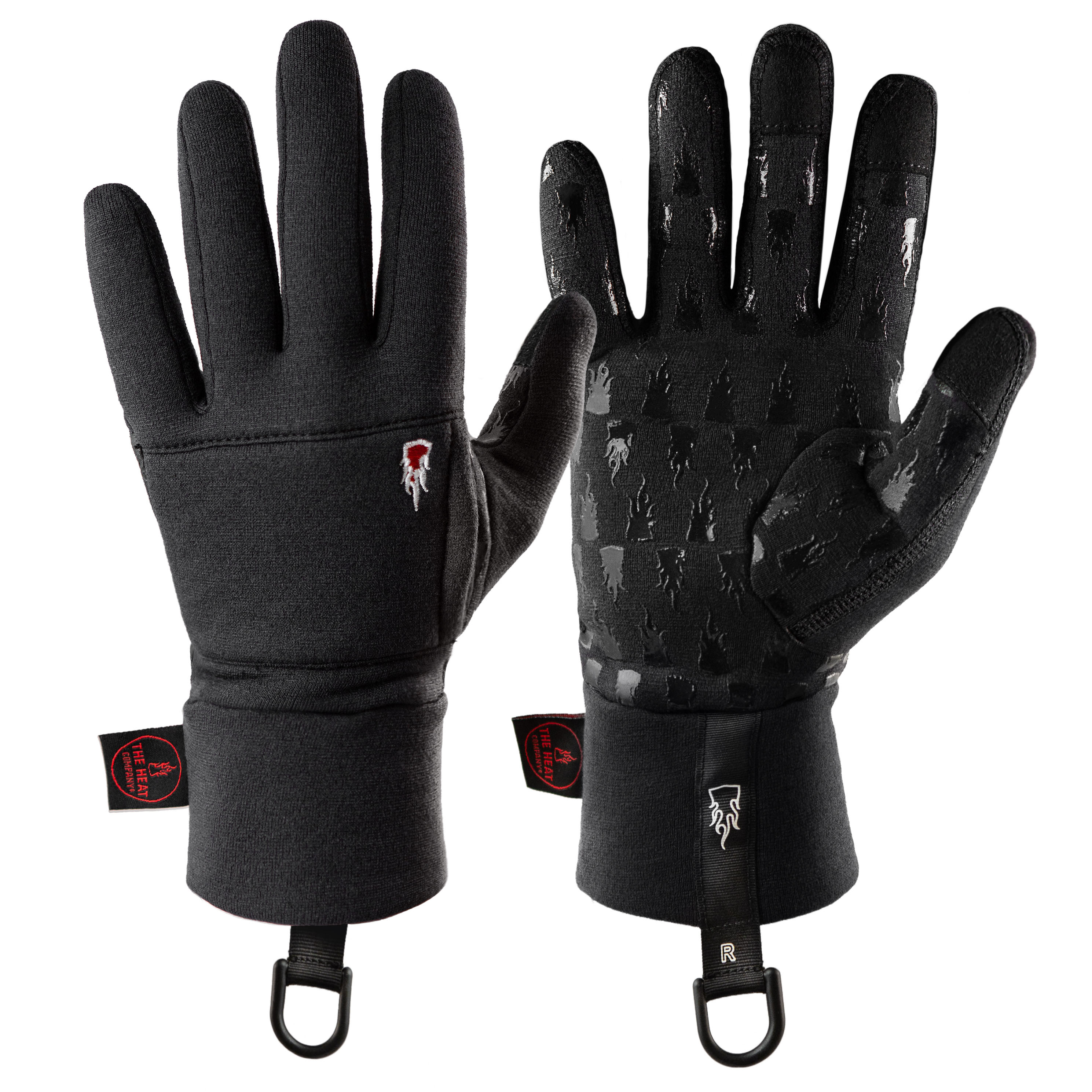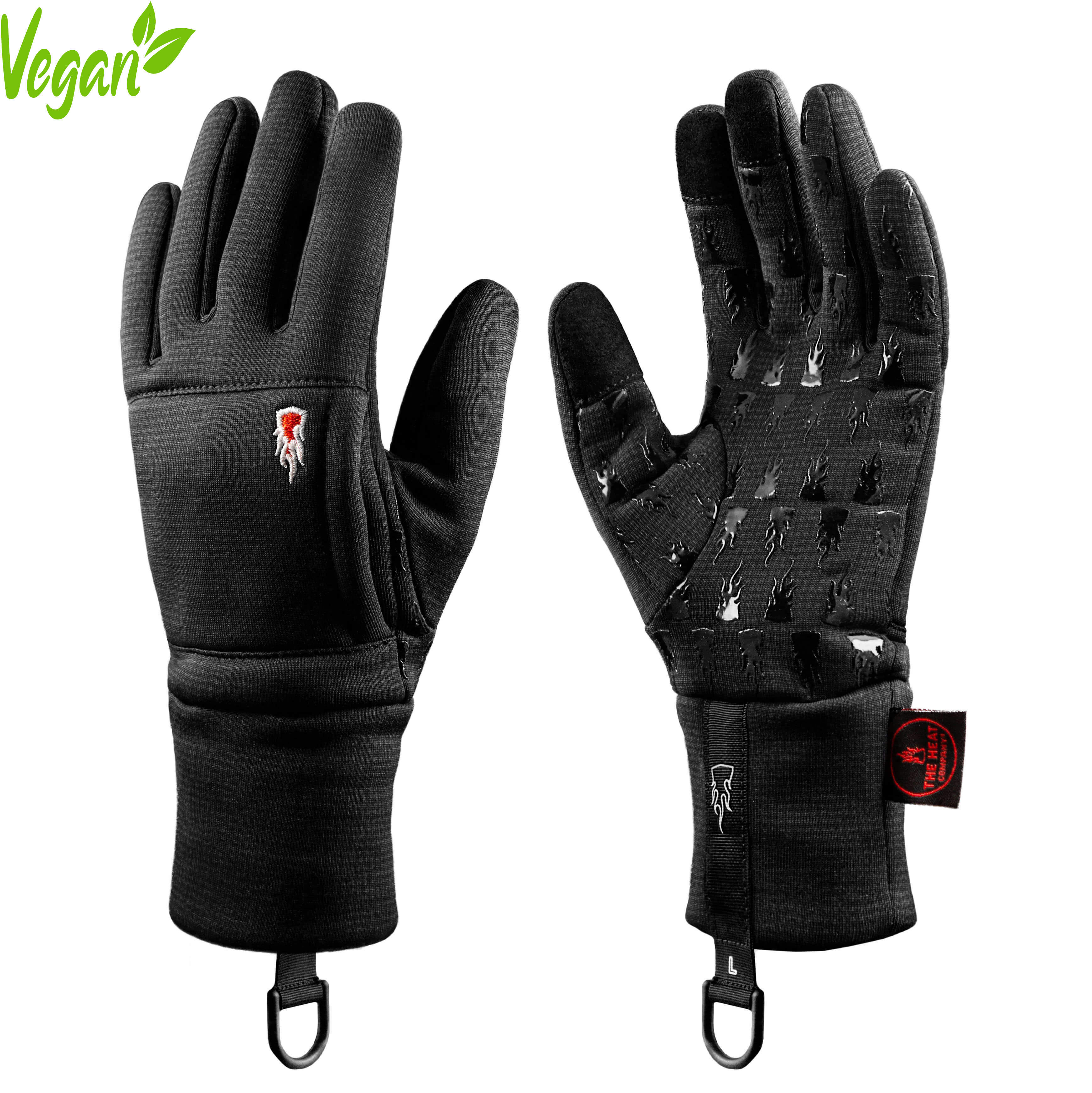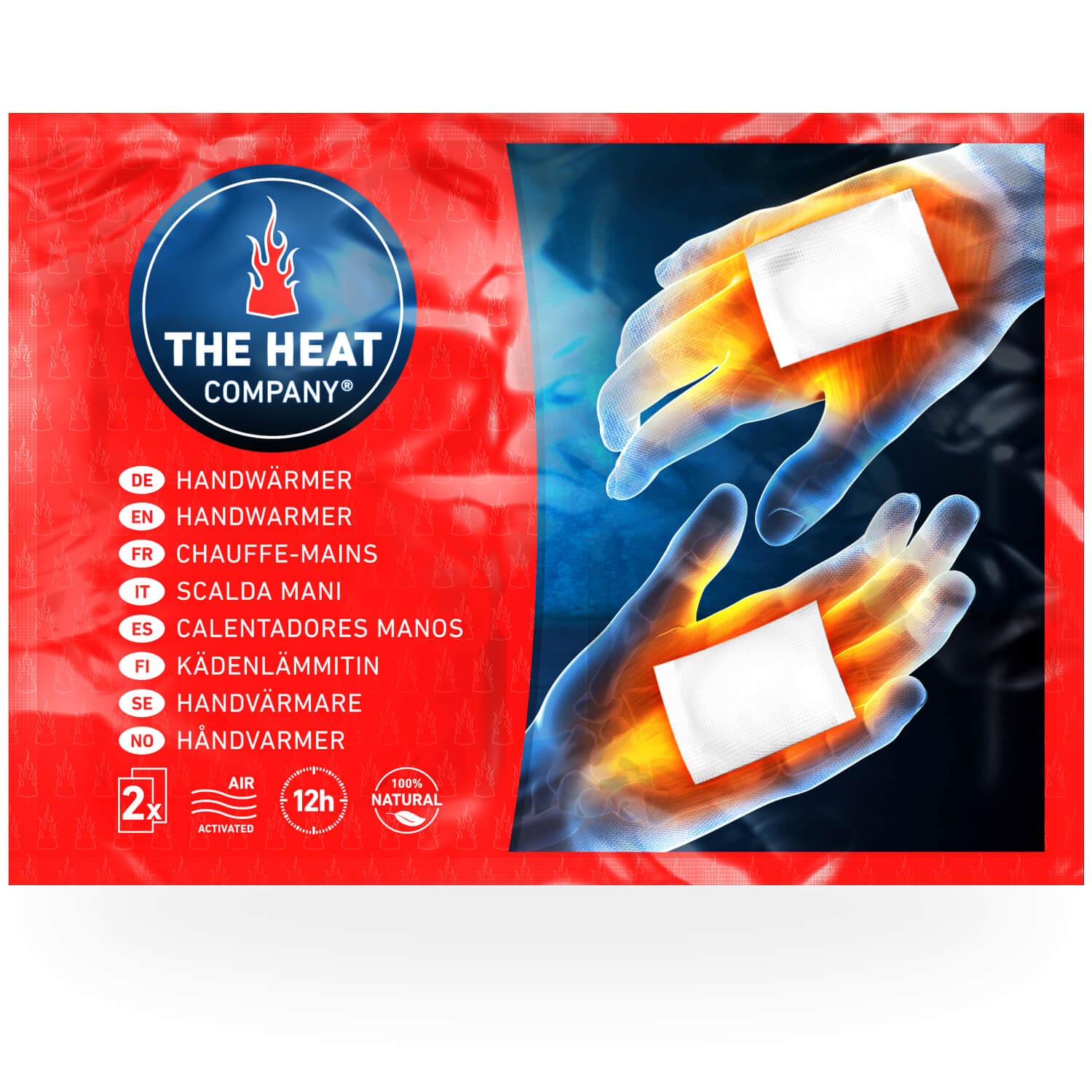My Top 3 Winter Photo Tour & Workshop Destinations
What to shoot and what to take with you on your trip.
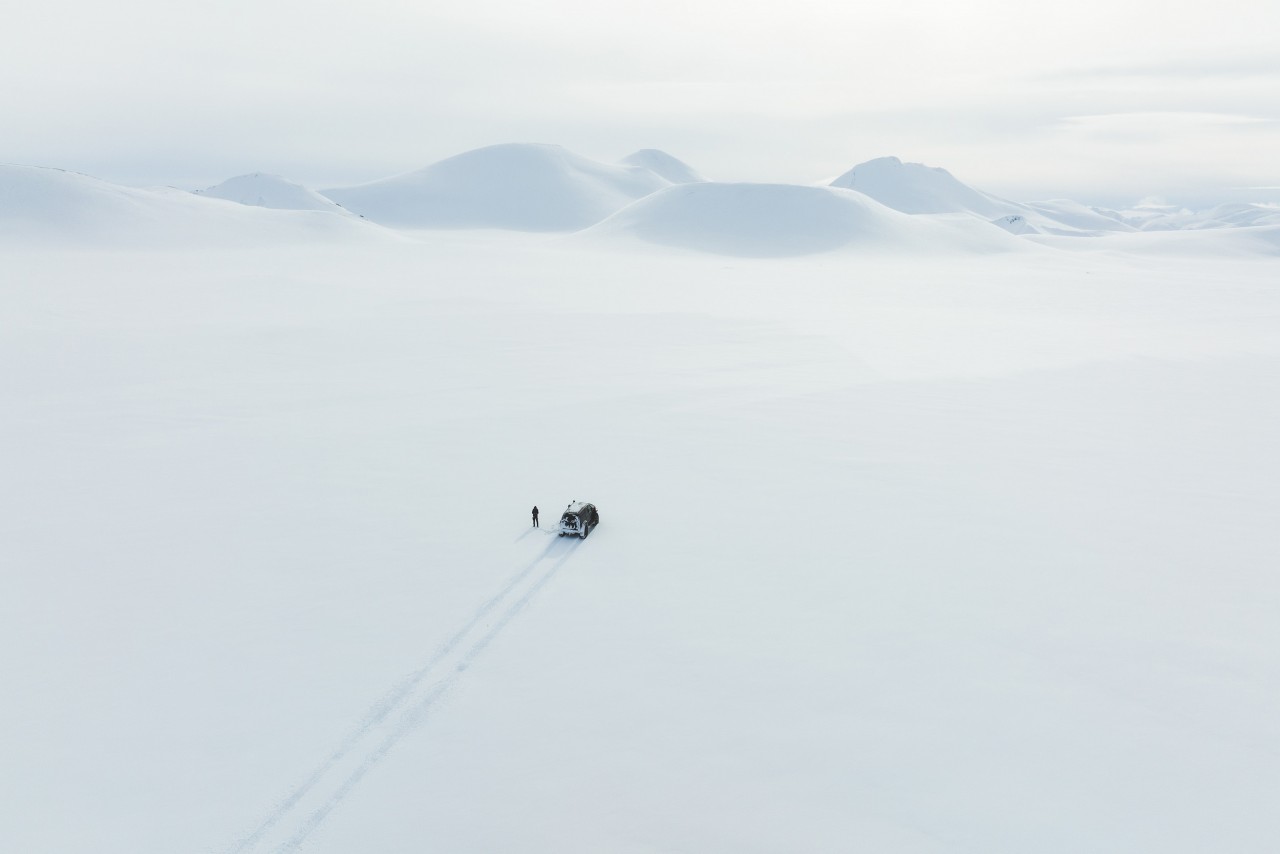
Essential tips for a winter photo trip in Iceland, Norway and Greenland.
Iceland, Norway and Greenland are on many bucket lists of photographers. Andy Mumford tells us which top locations you shouldn't miss and what's important when packing for your photo trip.
I love shooting landscapes in the winter. A clean white blanket of snow across the landscape creates so many possibilities for abstract minimal photos with a limited colour palette. At the same time, the low sun, particularly in more northern latitudes, can create some wonderful colour in the golden hour or around sunset that interacts wonderfully with the landscape.
Each year I run landscape photography workshops to three wonderful, but very different winter locations. Norway, Iceland and Greenland all have their own attractions, but all have in common the fact that you’re shooting polar landscapes in cold conditions, and all will allow you to create stunning winter images.
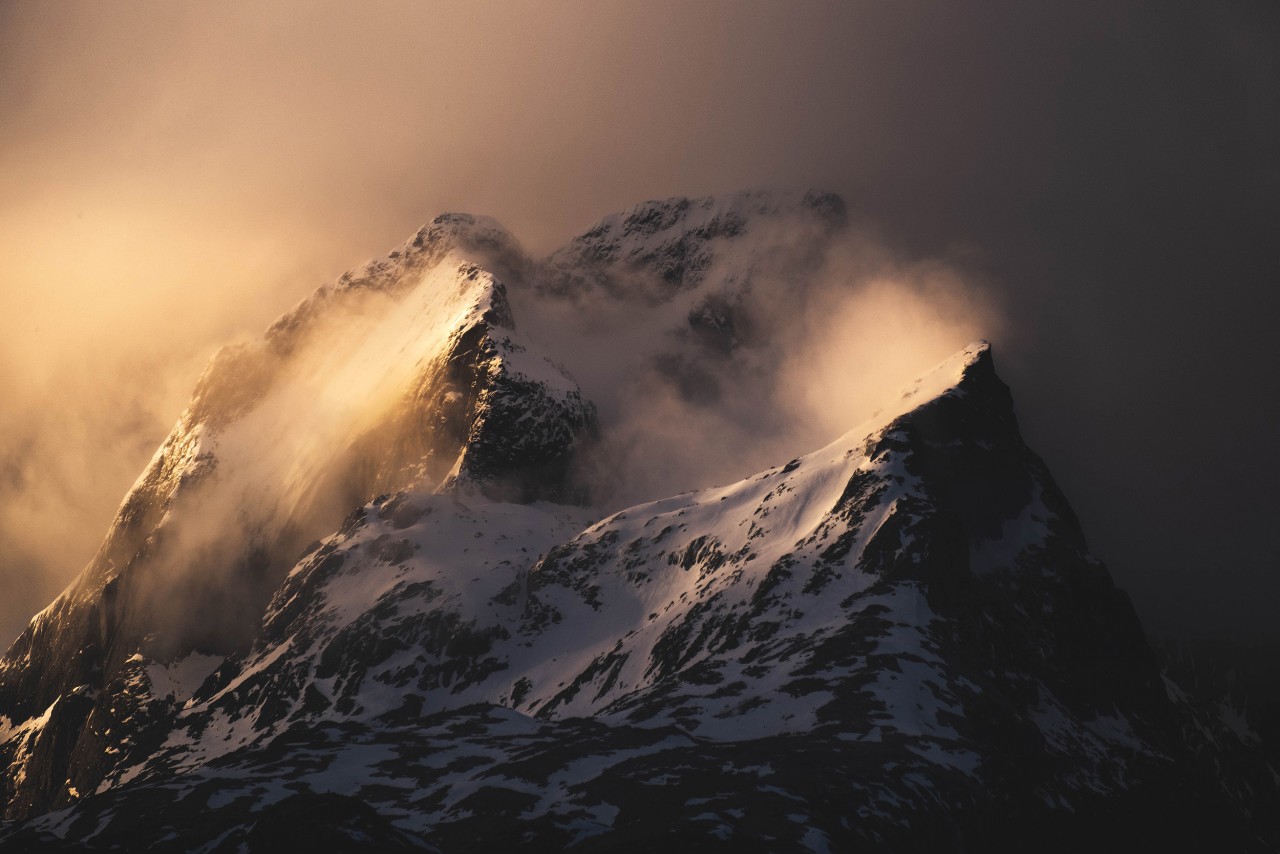
Lofoten: a Norwegian Winter Dream Come True
The Lofoten Islands in northern Norway really are a photographer’s paradise. It’s a stunning archipelago scattered between icy fjords with ocean beaches, punctuated by snow covered mountains and fishing villages. Blanketed with fresh snow there are breath-taking views everywhere you look. The low arctic sun gives fantastic light for almost the whole day, as well as unusually long sunrises and sunsets.
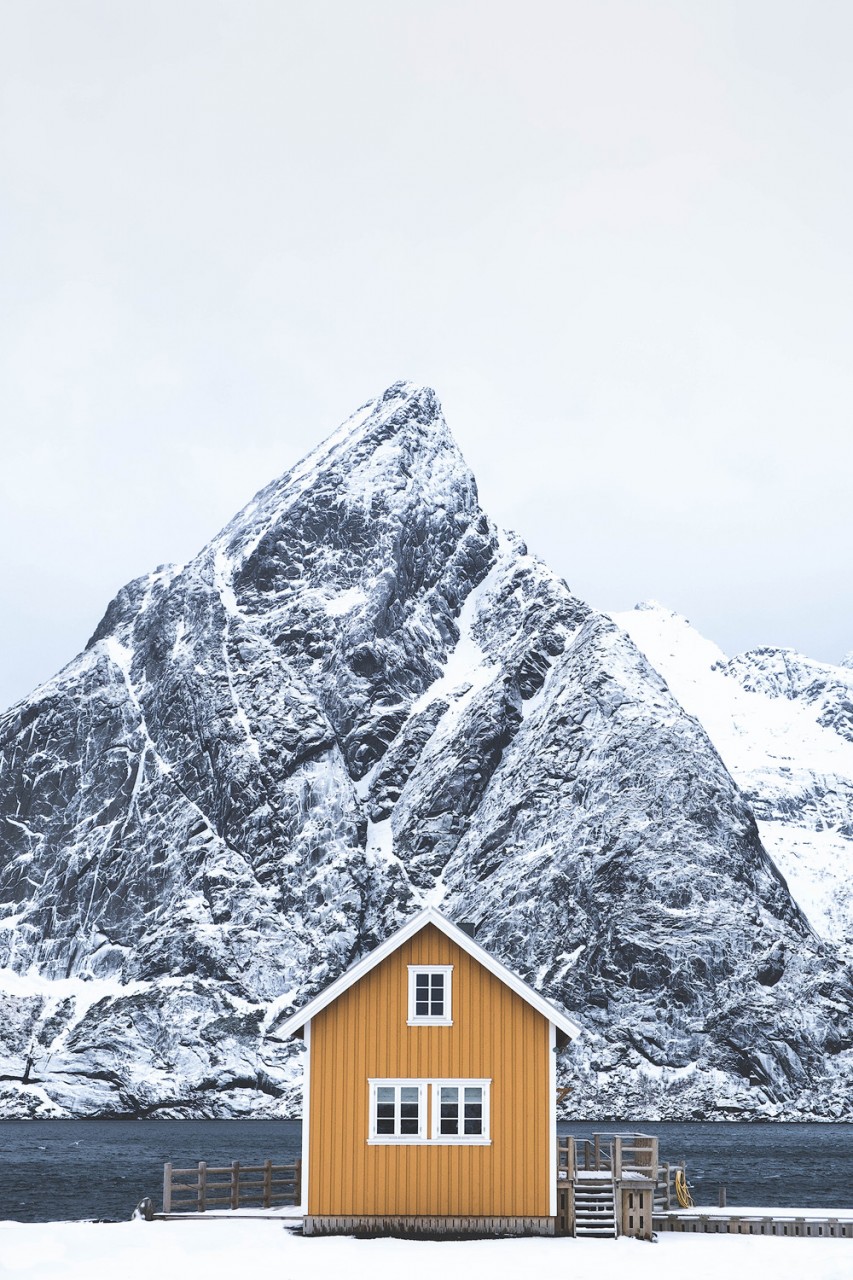
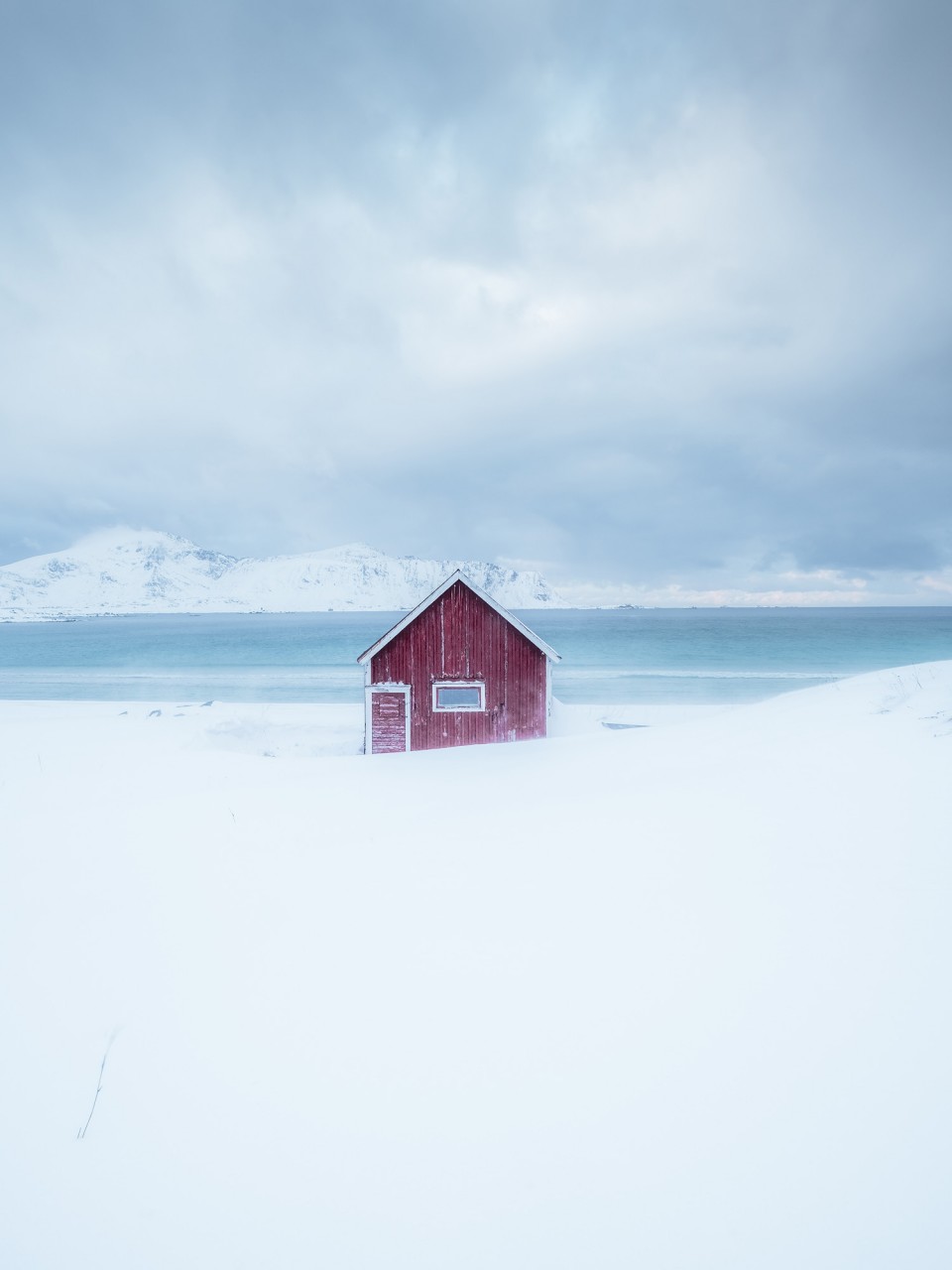
Lofoten is a great place for shooting winter waterscapes. There are so many stunning beaches and the nature of the landscape means the beaches are usually looking out over dramatic cliffs or mountains across the water. For these beach trips, a wide angle lens is essential as it allows you to capture the whole sweep of the scene from foreground interest through to the backdrop of mountains and a dramatic sky. Moreover, a sturdy tripod and an ND filter to slow down the exposure are indispensable. Longer shutter speeds always work great with the ocean, putting a little blur in the waves as they move up the beach, which allows you to create dramatic dynamic movement in the foreground.
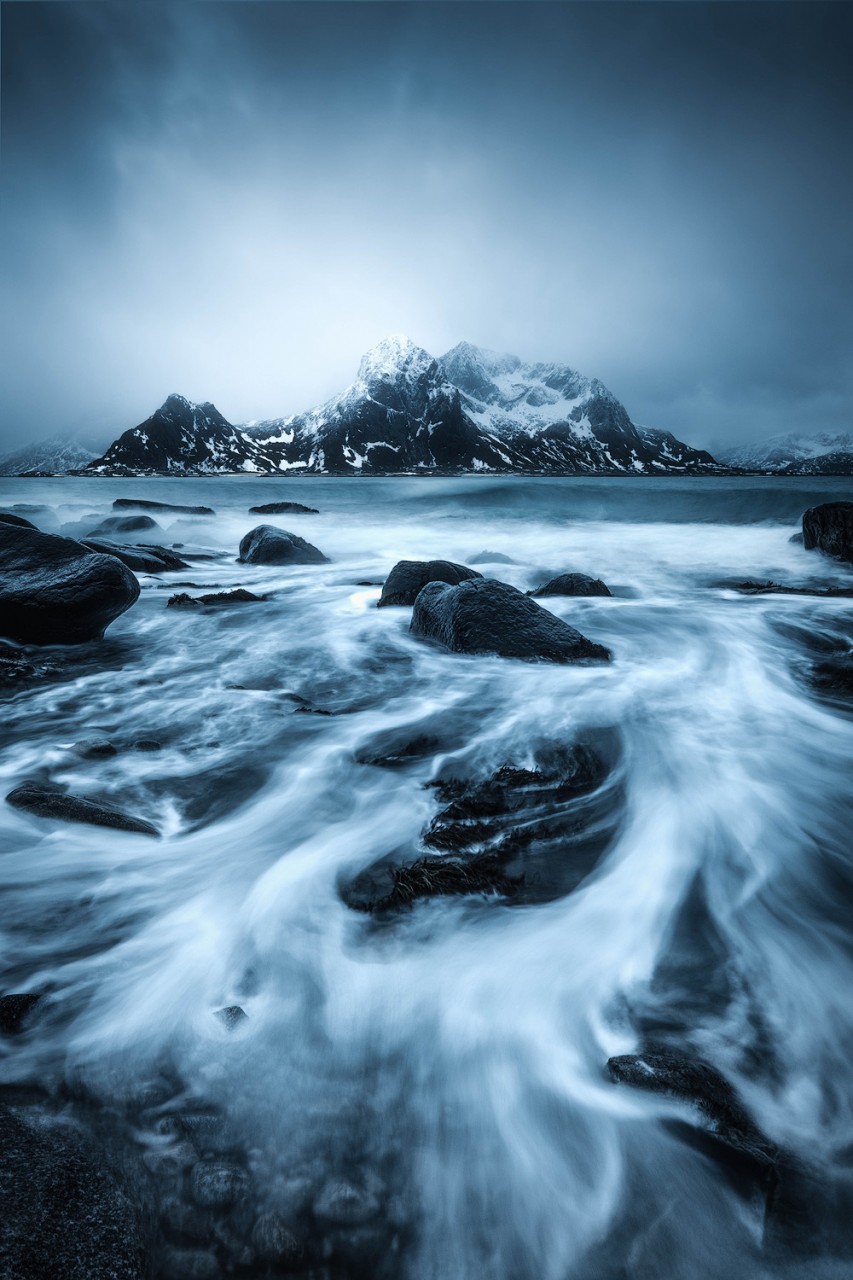
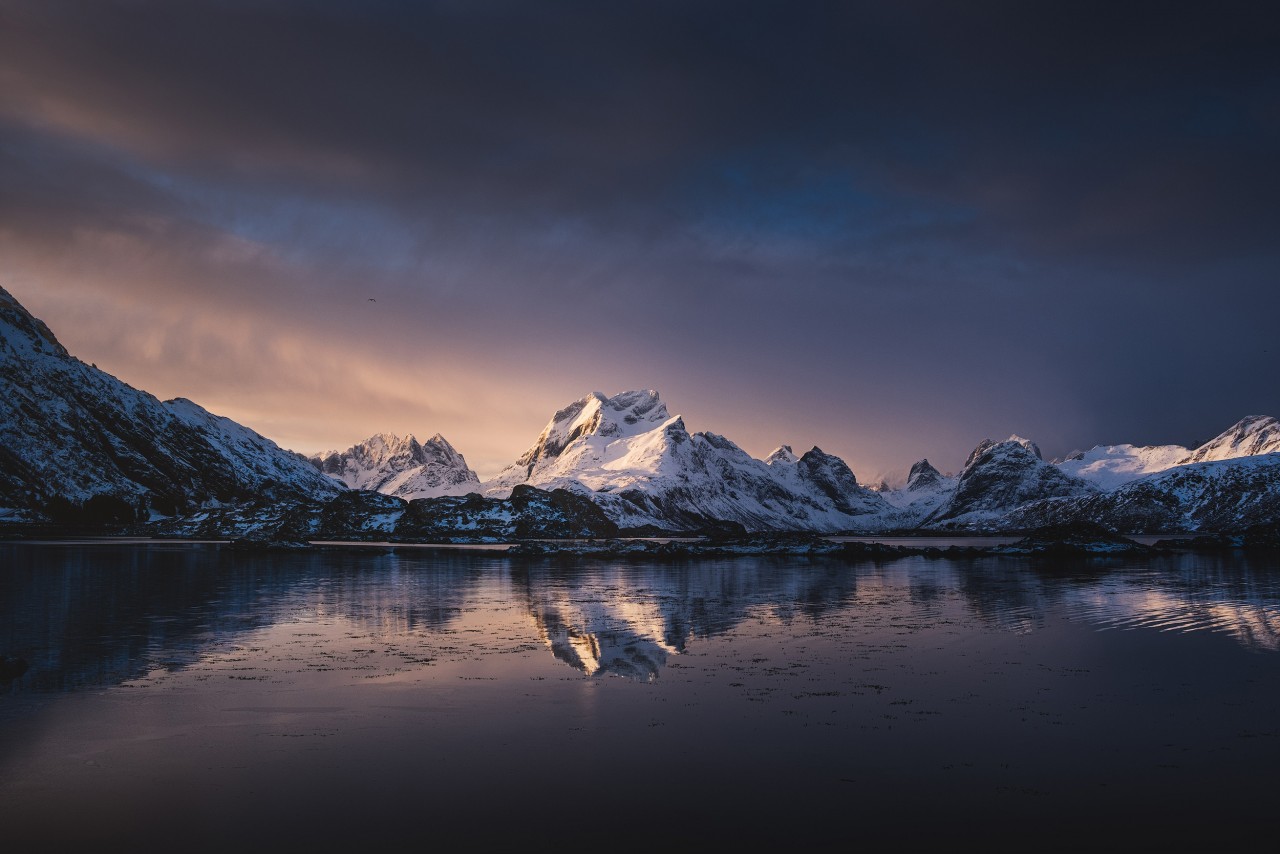
Iceland: the Island of Fire and Ice: a Must-See Spot in the Nordic
Iceland is surely near the top of almost every photographers bucket list of places to shoot. The landscape is utterly unique and offers the kind of scenes that you simply can’t witness anywhere else on earth. Jagged mountain peaks and waterfalls, black sandbeaches and glaciers: the diversity is seemingly endless. While Lofoten is all about the how the ocean interacts with the land, Iceland has so many different facets that it’s easily the most varied workshop I do.
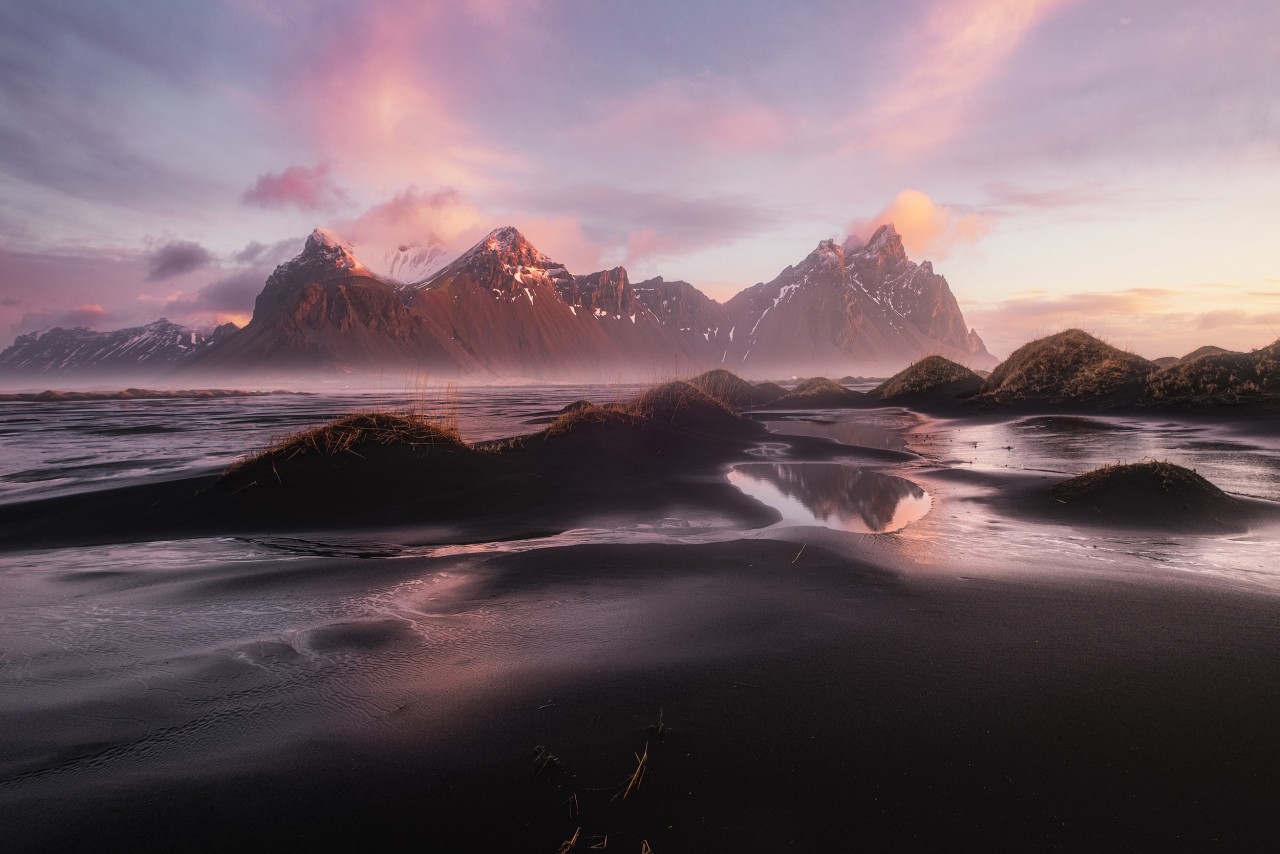
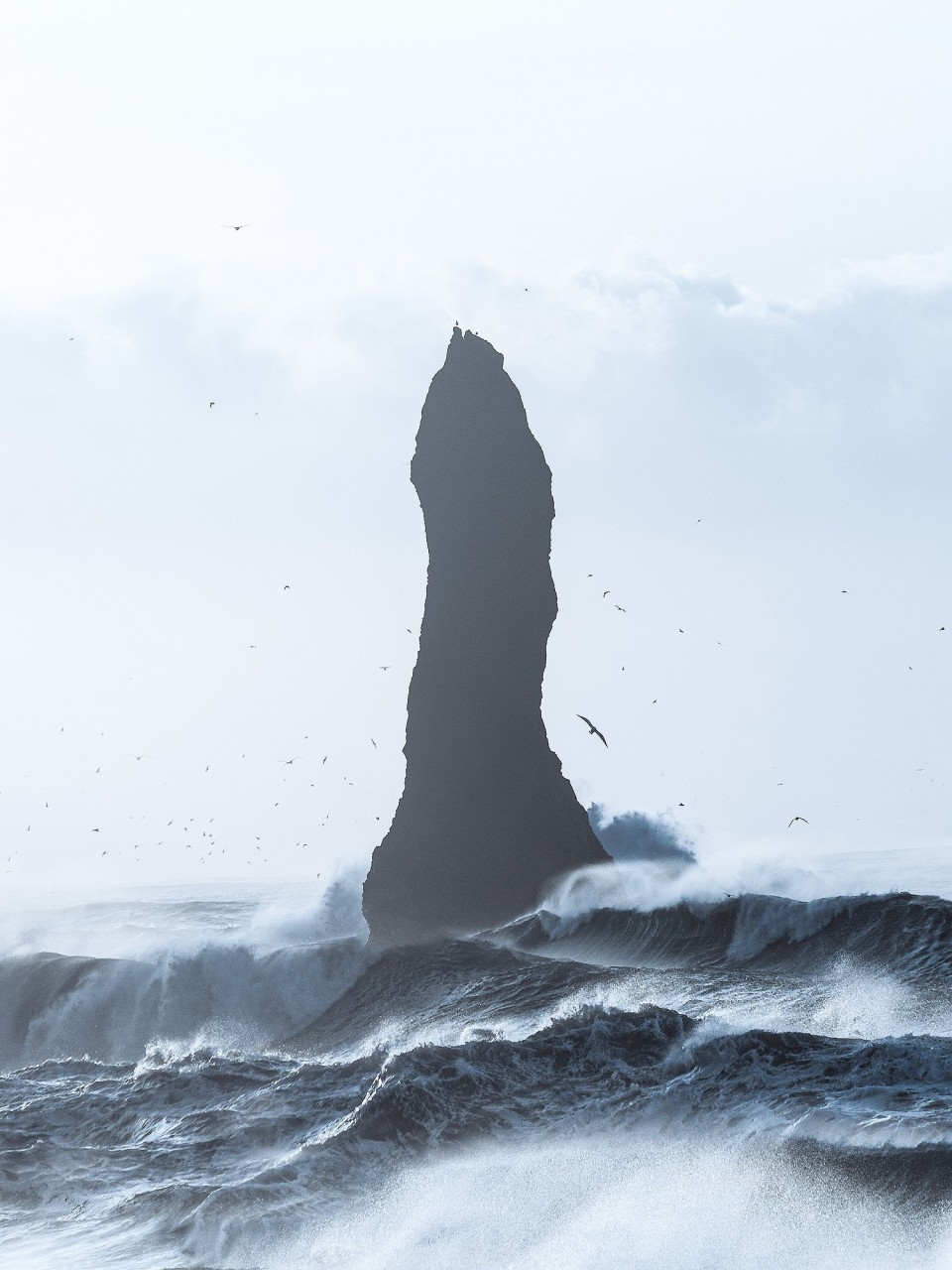
There are locations next to the ocean, where the same techniques with a wide angle lens and neutral density filters apply, but Iceland has so many other landscapes that are completely unique. Iceland is a country of hundreds of incredible waterfalls, and in winter the water still flows and crashes down cliffs surrounded by frozen icicles.

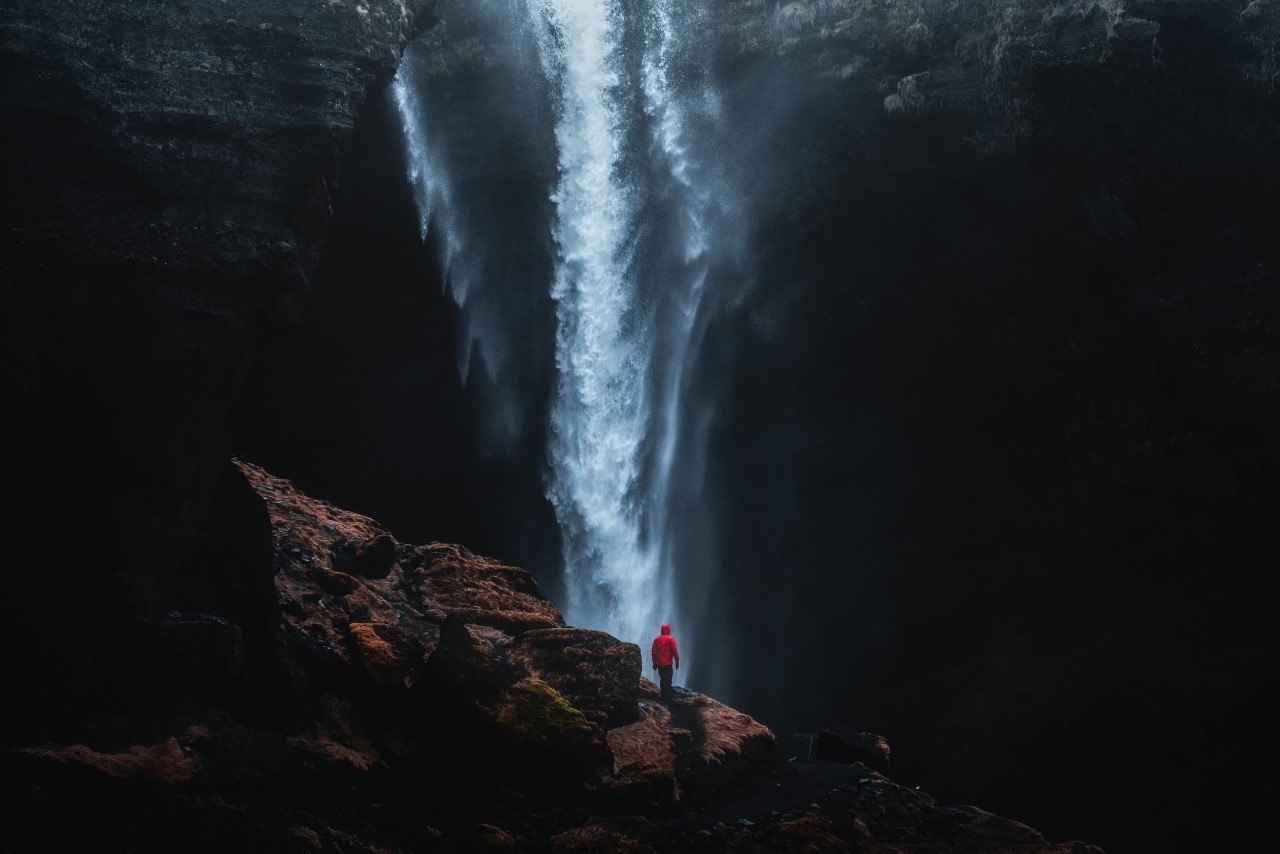
You can find ice caves, where you walk beneath the glaciers with 800 year old ice above your head. Photographing in places like this can be challenging because it’s always so cramped, usually with the ice just a few centimetres above your head so your foreground detail is often in the top of the frame rather than the bottom. Light levels are always low here, so a tripod is essential, as well as increasing the ISO of the camera to get the exposure as fast as possible.
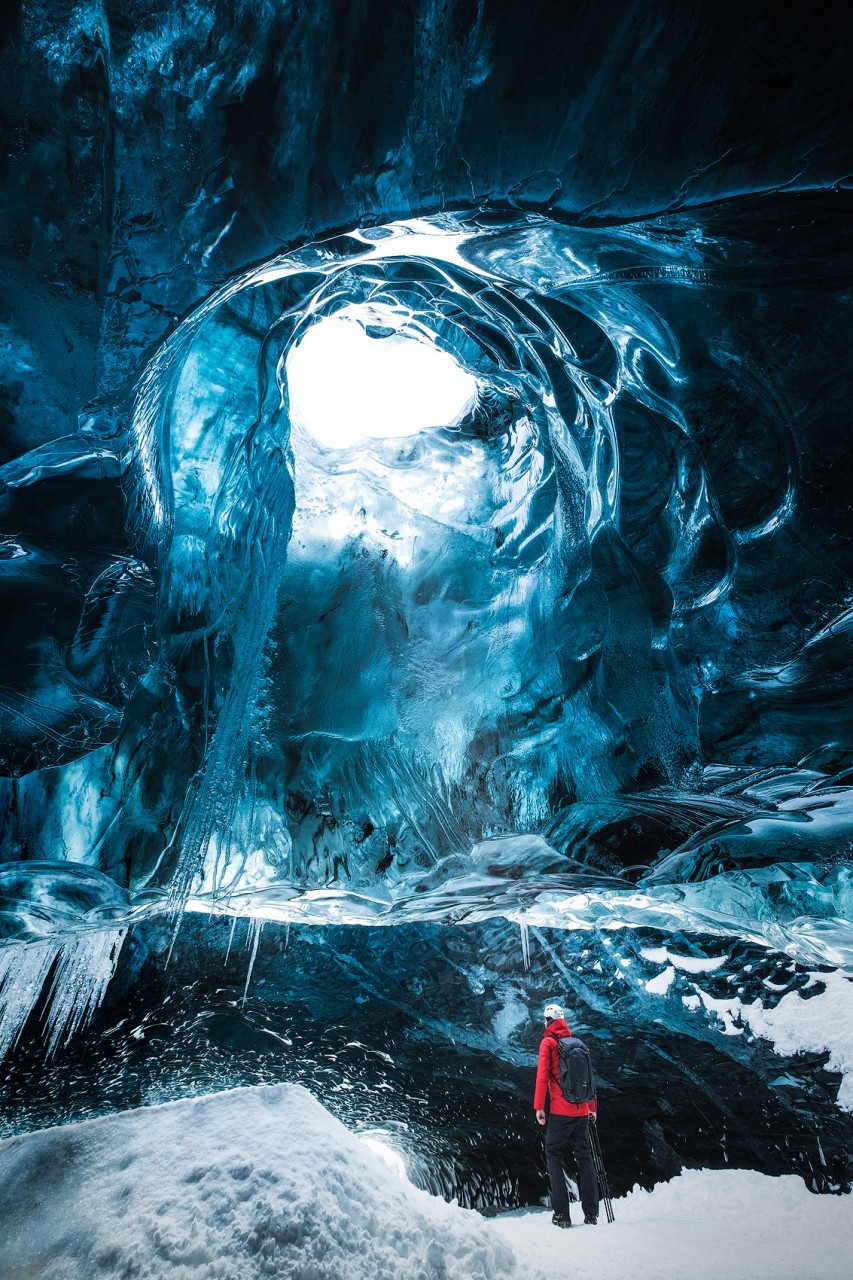
And then there’s the highlands, one of the last remaining wildernesses in Europe. Getting there is challenging in the winter and requires a specialist vehicle that can drive over deep drifting snow, but it’s more than worth the effort to see these incredible pristine landscapes. Often in these places you can go the whole day without seeing anyone else, walking through snow where there are no footprints and seeing dramatic landscapes covered in a blanket of white that haven’t changed for tens of thousands of years.
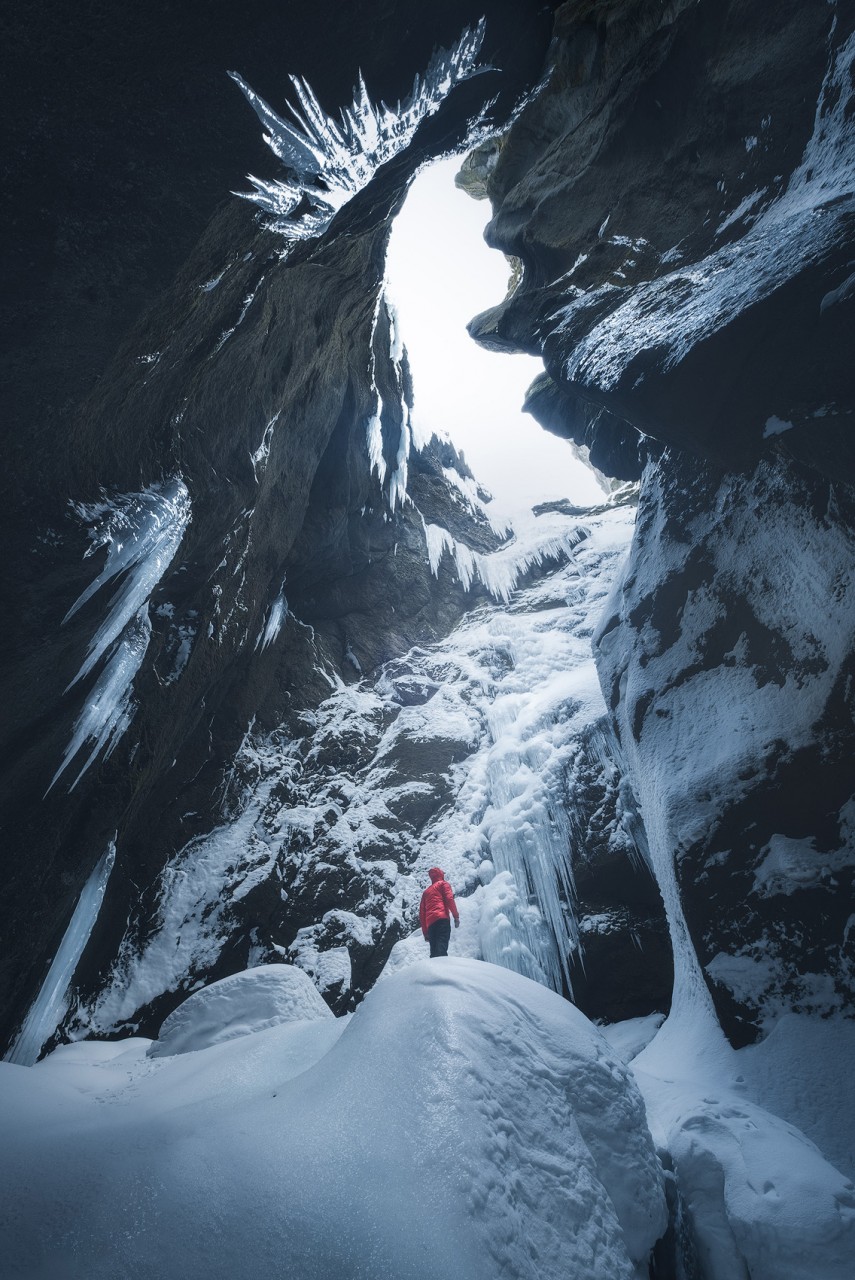

Greenland: the Wildest Place in the North to Go on a Photo-Trip
Finally there’s Greenland, where you can see nature at it’s most raw and elemental in a place that really feels like you’re at the edges of the earth, particularly in the winter when very few people venture there. Greenland next year winter will be a new experience for me as I’ve never been there before, but I’m excited about what it offers. A sense of splendid isolation and a landscape draped in the white of winter making it a minimalist landscape of infinite possibilities
We’ll be based in Ilulissat on the edge Disko Bay, where icebergs are captured as they drift down from Baffin Bay and the Arctic, as well as being situated next to the Ilulissat icefjord full of ice entering the sea from a nearby glacier, so the photographic opportunities there should be incredible.
Tips for Winter Photography
One thing that all these locations share, is that working in the cold brings it’s own set of challenges. First of all, the right clothing is absolutely vital. I’m a great believer in the maxim that there’s no such thing as bad weather, only inappropriate clothing. Having clothing that will keep you comfortable and warm, no matter what the weather will, go a long way towards making your experience of winter photography a positive one.
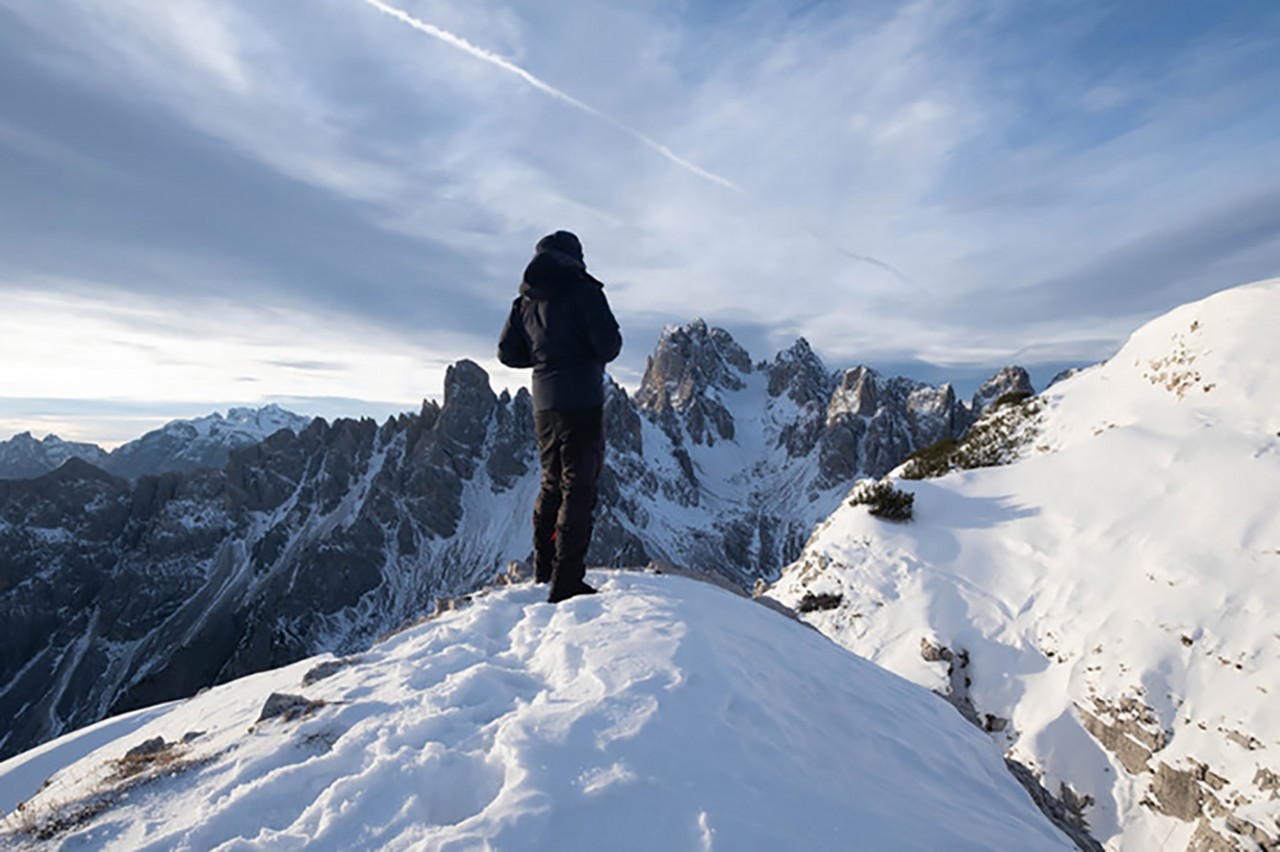
Warm merino base layers, decent mid layers, an insulated down jacket with a weather proof hard-shell will keep your body warm in most conditions, but keeping your hands, hands and feet warm is essential. A good warm woolen beanie, waterproof boots with warm socks are great, and additionally you can drop some of The Heat Company’s heated insoles in your boots. When you’re spending a day with your feet in deep snow, sooner or later that cold can seep through, so insulated insoles are a game changer. Additionally, gaiters that keep the deep snow from coming over the top of your boots are like a super power allowing you to walk through deep snow with no fear of snow getting into your boots and maki ng your feet wet.
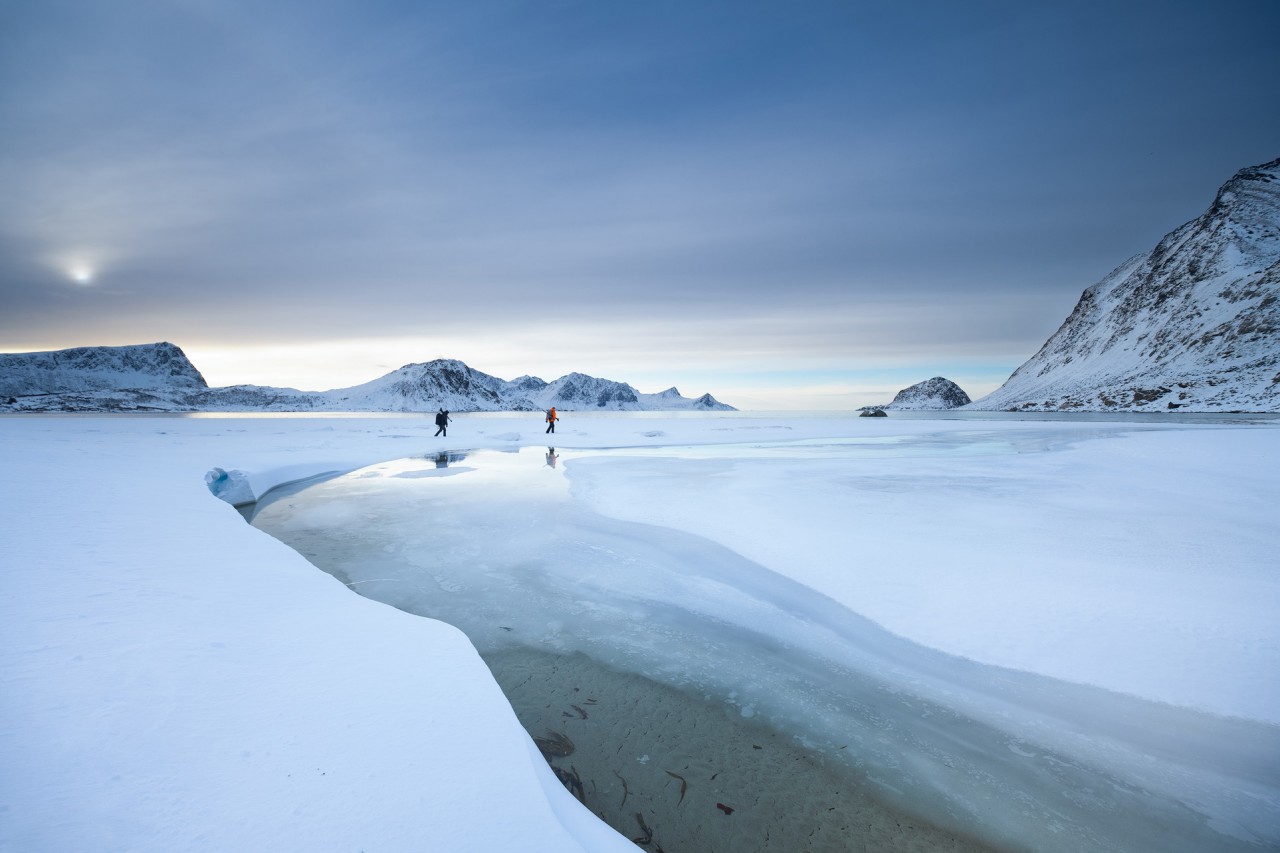
It’s the hands though that can be most problematic for photographers. While there are plenty of gloves that will keep your hands warm, most of them don’t allow you to control your camera or drone. Therefore, if you have to take your gloves off to operate your equipment, they quickly become useless. This is even more the case when operating the drone, where you have to be able to operate the controls continuously all the time the drone is in the air. It doesn’t take long for your hands and fingers to get so cold, that it becomes painful, so the right gloves are essential.

Fortunately,THE HEAT COMPANY glove system works beautifully here. With a warm LINER below one of their SHELL your hands will stay completely warm, particularly if you drop a WARMER heat pack inside one of the handy pockets they have built in just for this purpose.
To operate your camera or drone, you can zip back the part of the SHELL that covers your fingers and the tactile finger tips of the liner will allow you to control whatever equipment it is you’re using without getting cold fingers. When you’re standing around for hours in the middle of the night waiting for the aurora, you’ll be grateful you have them.
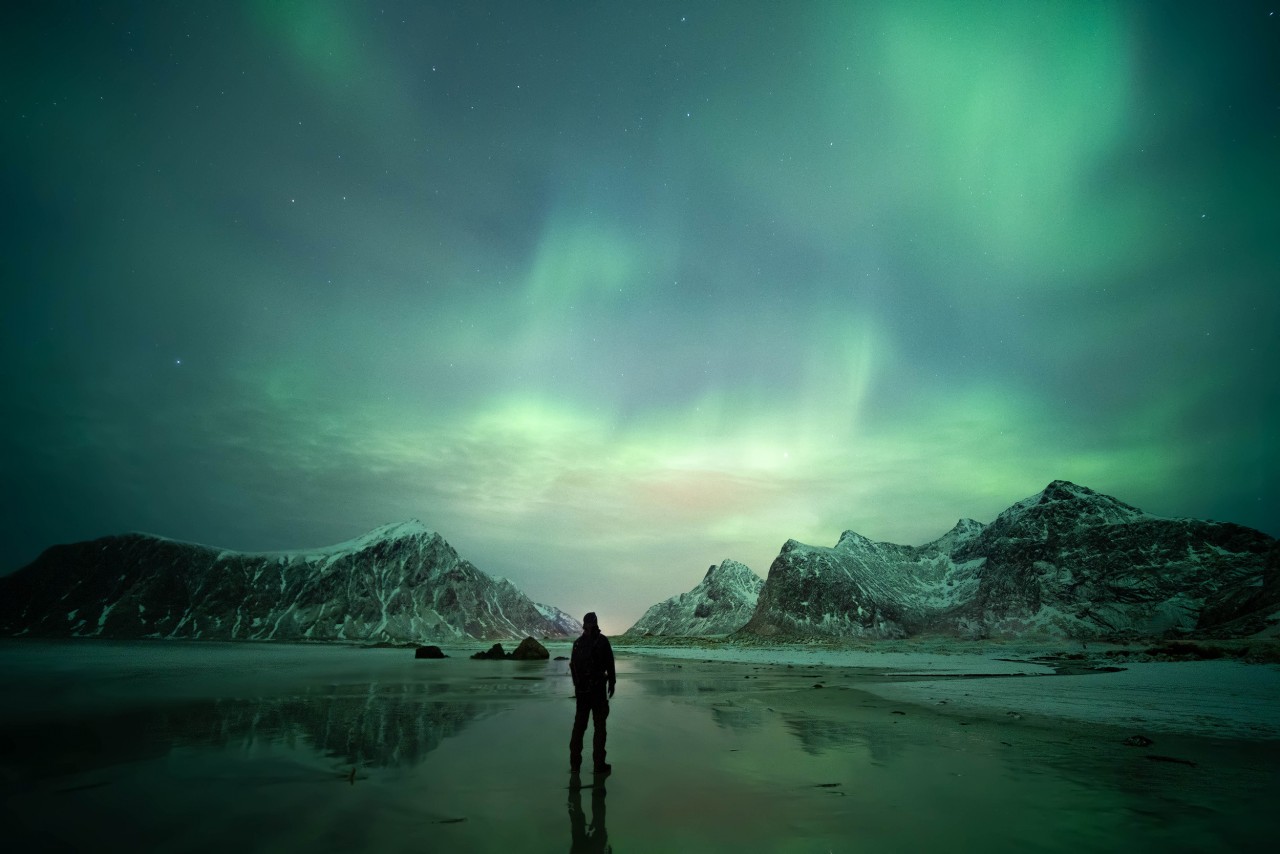
Another tip is keeping your batteries warm. Cold will really effect the efficiency of your batteries and just keeping them in your bag, which gets cold pretty quickly, particularly when you put it down in the snow, they quickly lose a lot of their charge and you can find yourself running out of power sooner than normal. A way of avoiding this is to keep them next to your body, where your body warmth stops them from being cold, in addition to a MULTI WARMER a warming pad that was designed to make your batteries last longer. A chest pocket in an inner layer like your fleece or an inside pocket of your down jacket works really well.

The aim of all my workshops is to take people to beautiful locations and give them every opportunity, to get great images while improving their technique by providing plenty of one-to-one tuition and advice in the field.
But beyond that, one thing I love about workshops is being able to share my passion for these incredible landscapes. Creating an unforgettable experience in these beautiful places, as well as getting some great images from amazing locations, I hope that people go home having had a true adventure with great company in a very special place.
About the author:
ANDY MUMFORD is a Lisbon based professional landscape and travel photographer. Andy grew up in the UK loving nature and travel and took up landscape photography over fifteen years ago. Since then he has travelled extensively photographing all over the world and his photography and articles have featured in publications and books worldwide. He is a passionate photography teacher and has been leading both group and one-to-one workshops for over ten years.
He is a Fuji X Photographer and a brand ambassador for Fujifilm in Portugal, and leads workshops in Italy, Iceland, Norway, Greenland and Namibia.
To Andy Mumford's website: www.andymumford.com
Andys Social Media:
